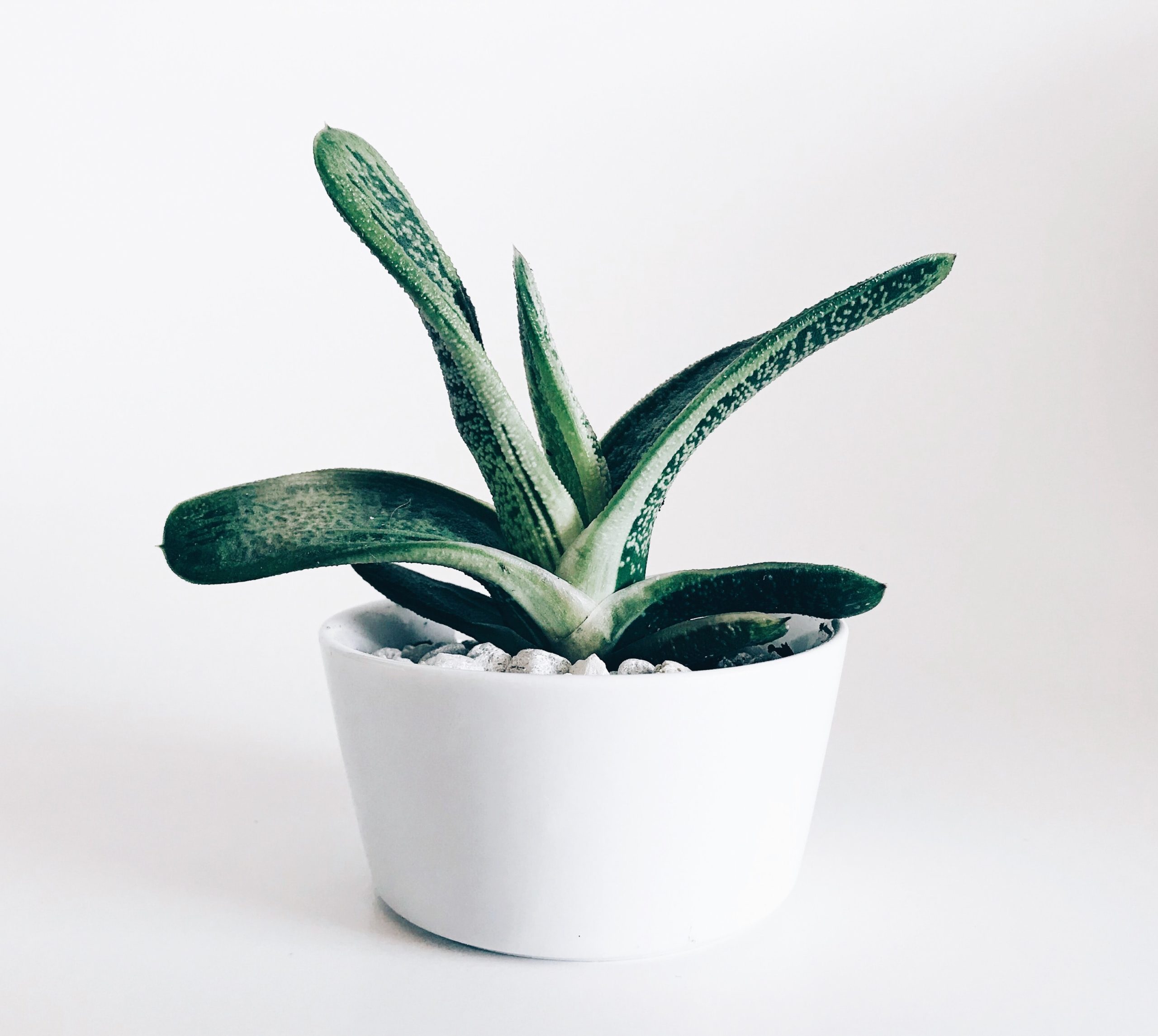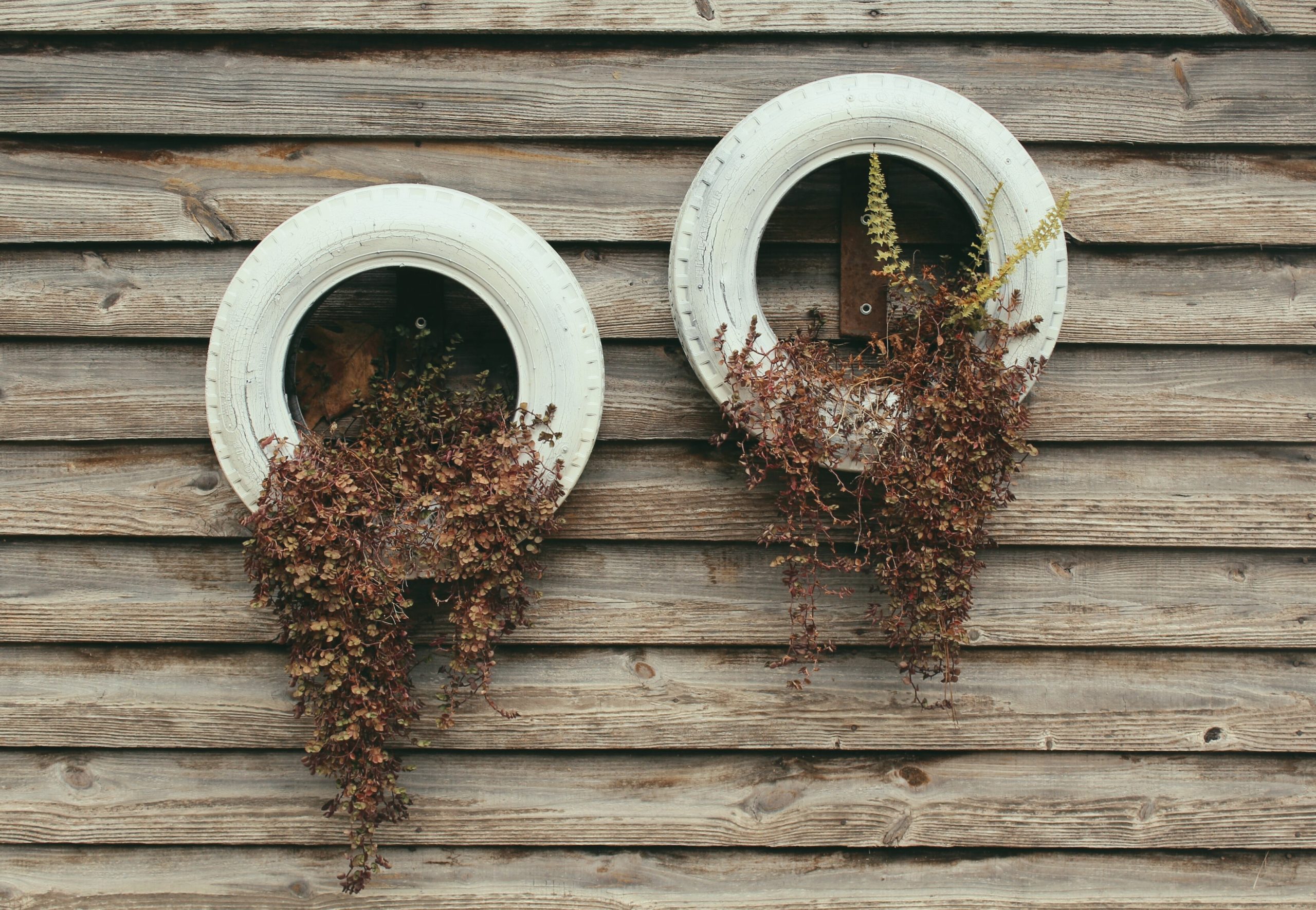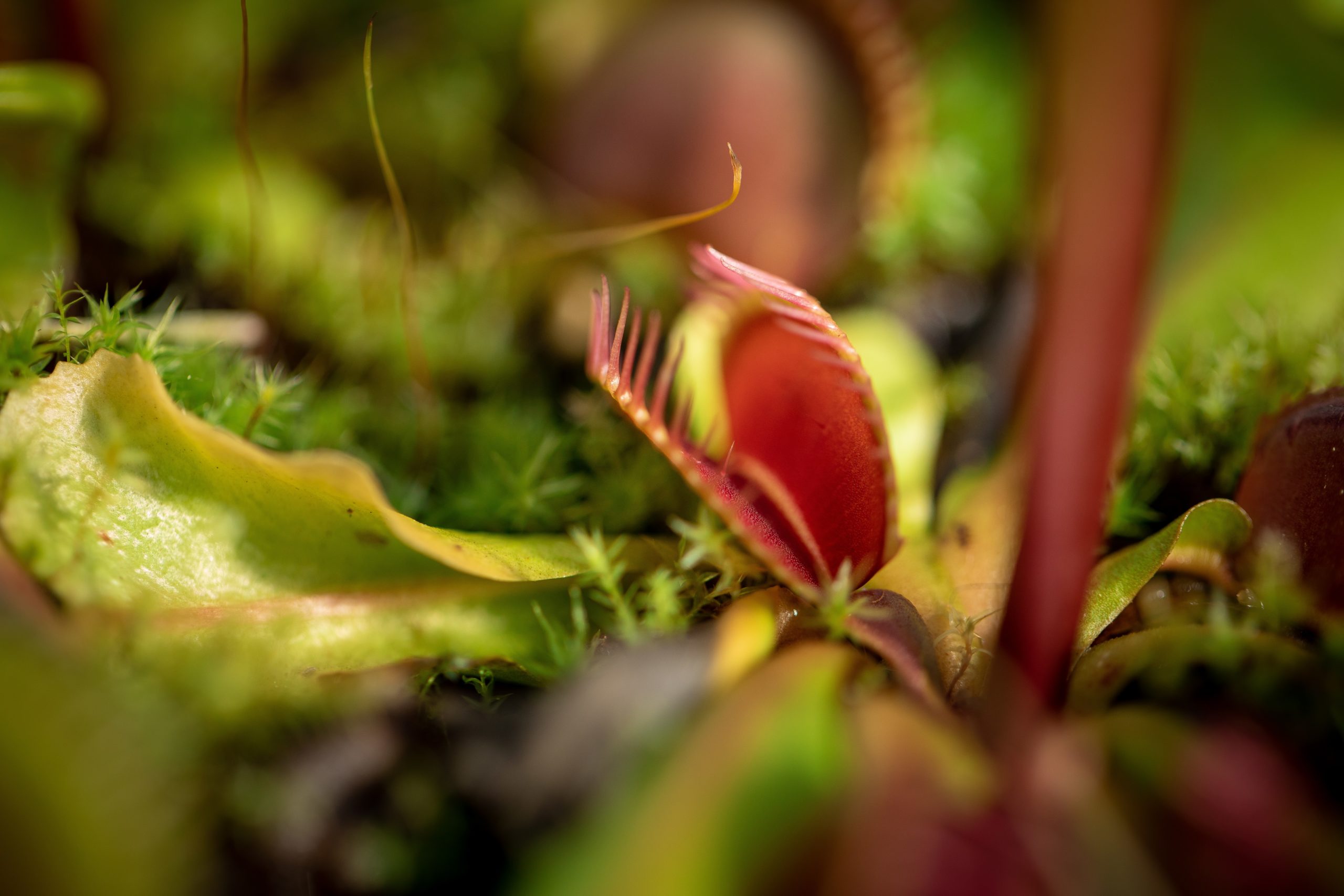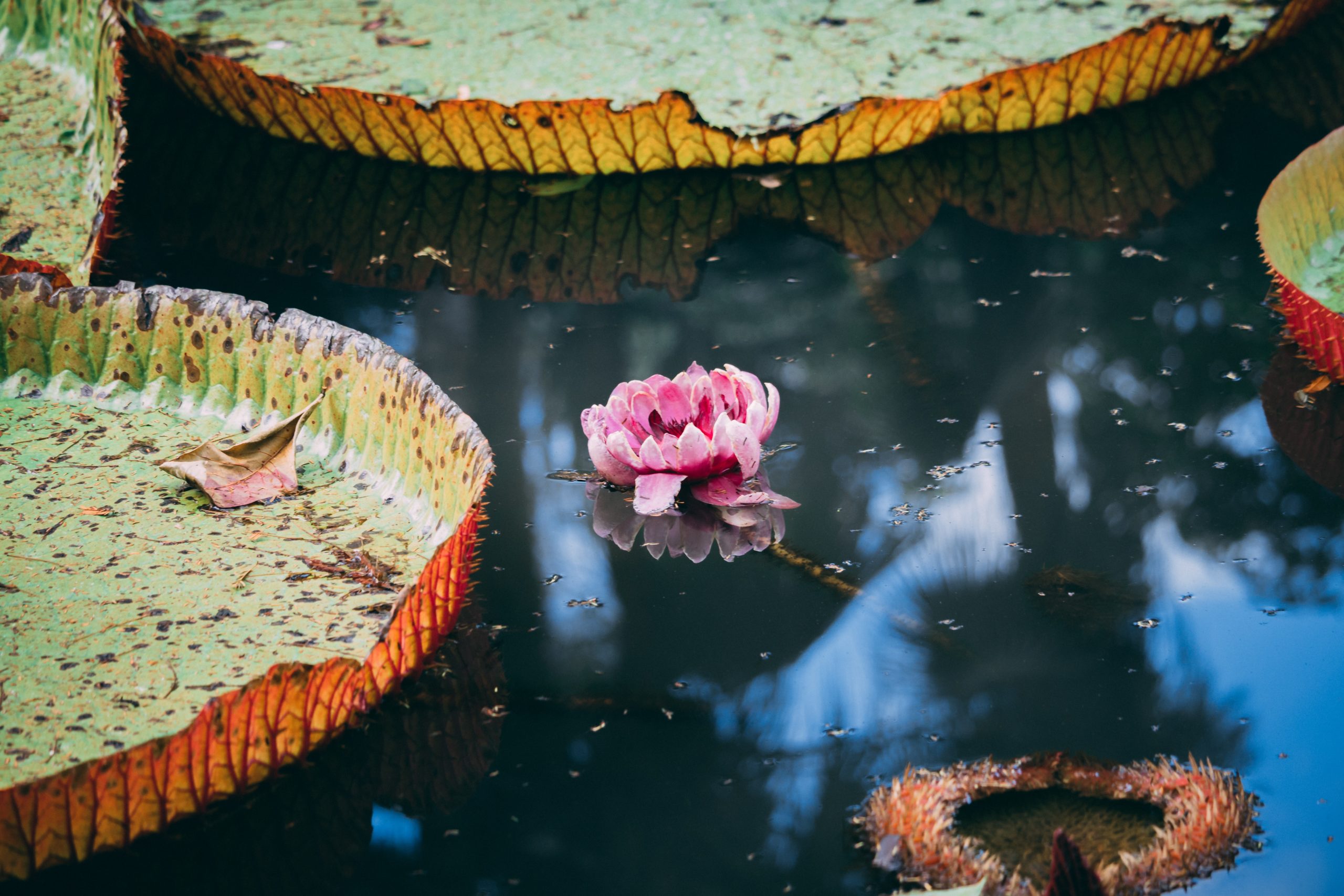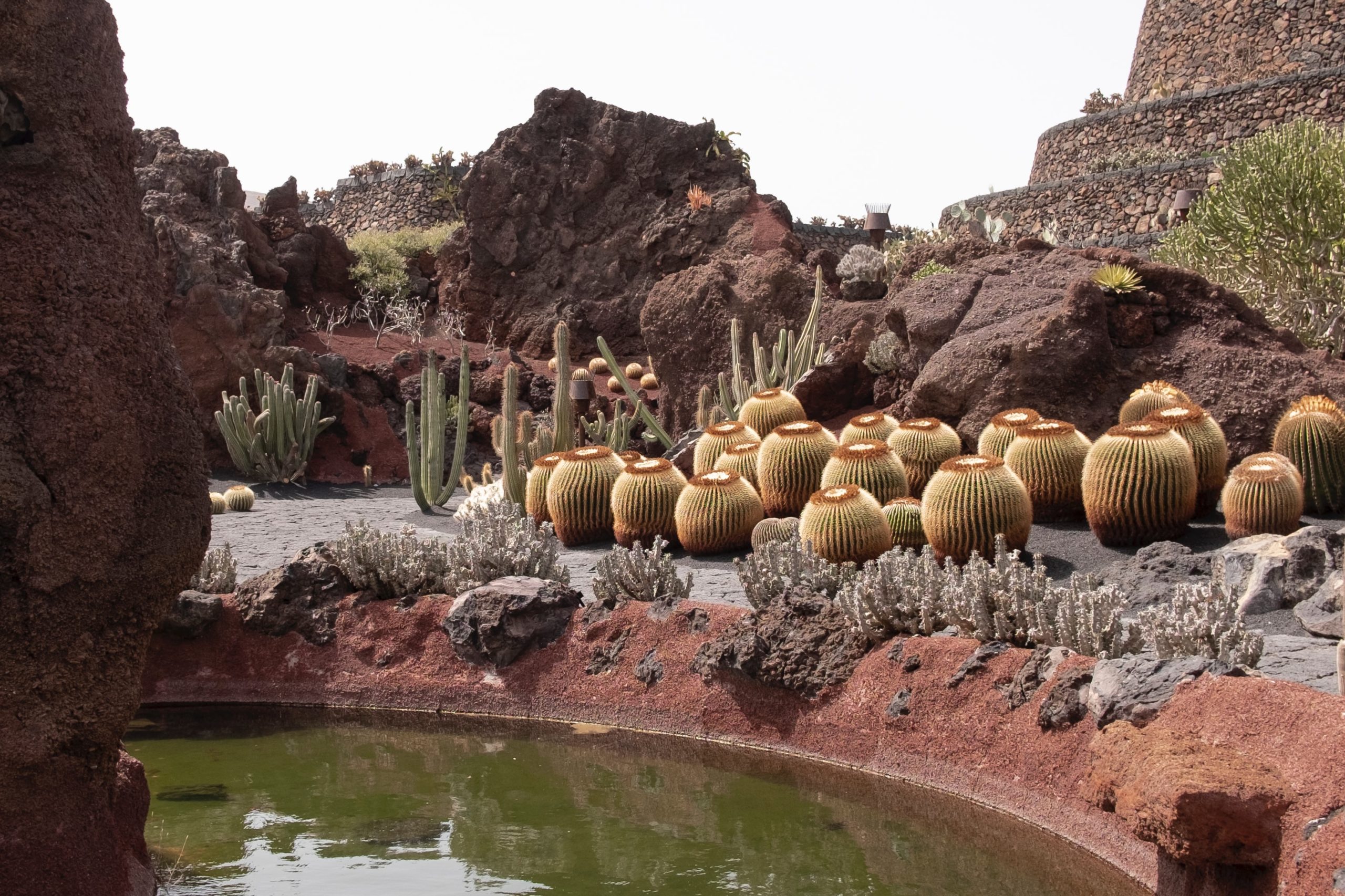
Baseball Plant
This succulent plant, which is formed like a ball, is also known as the sea urchin plant (given the shape of its body). It used to be that the Great Karoo region of South Africa was the only place you could find it. As a result of:
- the increasing number of individuals throughout the world who have decided to cultivate baseball plants around them
- it has become associated with harvesting practices that are not sustainable.
In spite of this fact, it is still widely farmed in many parts of the world, despite the fact that in its natural habitat it is now classified as endangered and is very close to becoming extinct. Thankfully, a number of botanical gardens and nurseries have begun cultivating this plant, which means that it will no longer be necessary to harvest it from its natural habitat in order to ensure that it does not go extinct.

